During COVID, our dogs had the comfort of constant human companionship all day every day. Now that the world’s moved on and we’re not home as much, we asked a dog trainer how to help anxious pups adjust to the new normal.

Sarah Rutten is a bestselling author, certified dog behaviourist, force-free trainer and founder of The Canine Perspective. With a no-nonsense, science-backed approach, she’s on a mission to educate dog owners, challenge outdated training myths, and advocate for ethical, force-free methods that strengthen the human-dog bond.
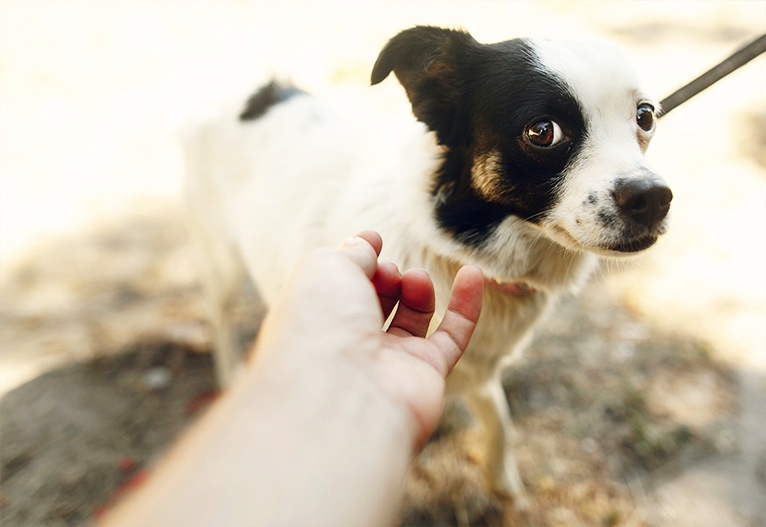
During the COVID-19 lockdowns, Australians brought dogs into their homes in record numbers. Understandably, in such an isolating time, many people were drawn to the comfort of a furry friend, but as life returned to normal, many of those pandemic puppies were left struggling with challenges they were never prepared to face.
Years later, I’m still seeing the fallout of what I call “the COVID dog effect.” These dogs present with a unique combination of separation anxiety and reactivity, and it’s having a significant impact not just on the dogs themselves, but the families who love them.
Reactivity and separation anxiety
Many dogs raised during lockdowns missed out on critical early socialisation. With limited exposure to new environments, people and other dogs, they never had the chance to build a sense of security or adaptability to unfamiliar situations.
At the same time, they became accustomed to having their humans home 24/7. So when people went back to their normal routines, many dogs suddenly found themselves alone in a world that was unfamiliar and overwhelming.
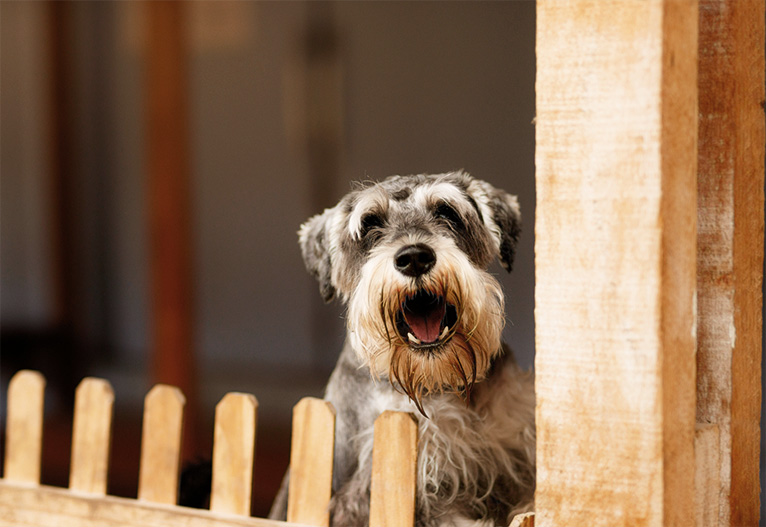
The result was dogs who feel constantly on edge, panic when left alone and overreact to the world around them. For some, this presents as barking, growling, lunging or spinning when around other dogs, unfamiliar people or sudden changes in their surroundings.
But these outbursts aren’t about aggression. They’re a reflection of dogs feeling overwhelmed, confused and afraid.
Affects on the family
For families, it can be incredibly stressful living with a reactive dog who also struggles with separation anxiety. Leaving the house becomes a daily challenge, and walks turn into battles filled with barking and tension.
The guilt of seeing your dog so distressed, both at home and in public, can feel overwhelming, and many owners find themselves walking on eggshells and unsure how to help.
Over time, this strain affects not just the dog’s wellbeing, but the entire household’s lifestyle and emotional health.
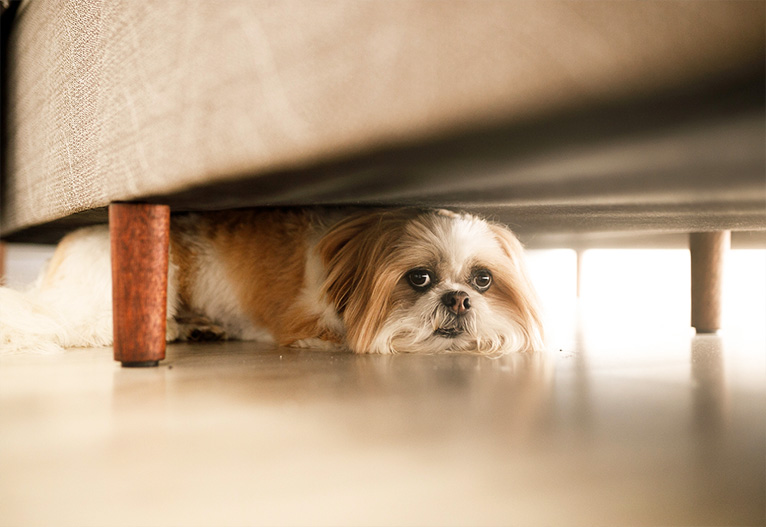
What’s happening in the dog’s brain?
When we talk about anxiety in dogs, it helps to understand what’s happening in the brain. In a highly anxious dog, the amygdala, the brain’s emotion-processing centre, is working overtime. At the same time, the frontal lobe, which is responsible for thinking, problem-solving and learning, essentially goes offline.
How medication helps
Behavioural medication, when prescribed and managed correctly by a qualified veterinarian, can be incredibly helpful for anxious dogs. However, it’s best used as a support tool rather than a be-all, end-all solution.
The right medication can settle the amygdala, helping the dog reach what behaviourists call a “sub-threshold state”. This is a state where the frontal lobe can function normally again, and the dog is calm enough to take in information, process their environment and learn effectively.
Once the brain is in that calmer, more receptive state, we can begin effective force-free behaviour modification. Through desensitisation, counter-conditioning, enrichment and relationship-based training, we can help the dog build new associations and learn to manage their anxiety long-term.
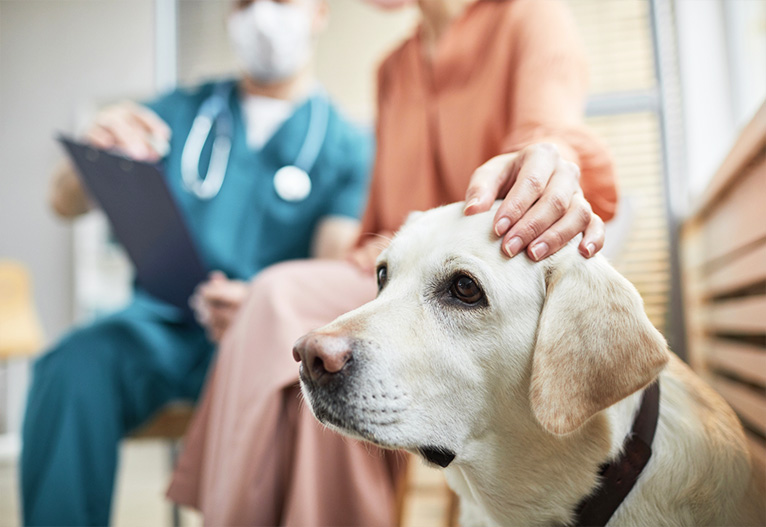
So, what can dog owners do?
If your dog is showing signs of anxiety, whether it’s destructive behaviour when left alone or just generally being unable to settle properly, there are ways to help them.
Here are a few steps you can take:
- Work with a force-free trainer or behaviourist to create a tailored plan that focuses on gradual exposure, desensitisation and positive reinforcement.
- Consult a vet to rule out underlying health issues and explore behavioural medication options with professional guidance.
- Review your dog’s daily needs – mental stimulation, social time, enrichment, exercise and rest are all crucial to their emotional wellbeing.
- Be patient – because behaviour change takes time, but the results are worth it.
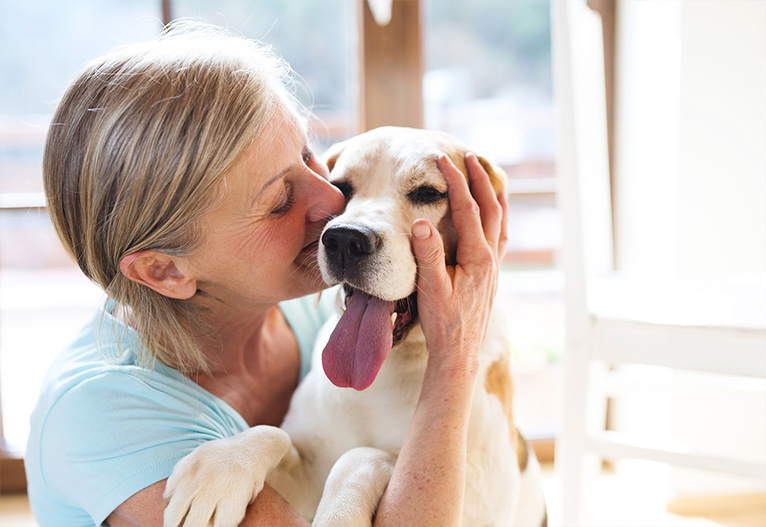
Remember, anxious dogs aren’t broken. They’re communicating distress in the only way they know how. With the right support, structure and compassion, even the most overwhelmed dog can learn to feel safe in their world again.
Has your pet struggled with post-COVID anxiety? Share your experience with us in the comments below.

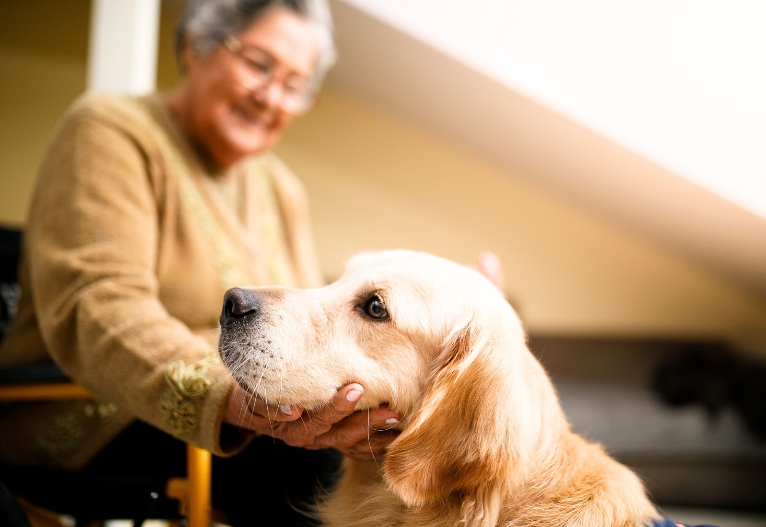
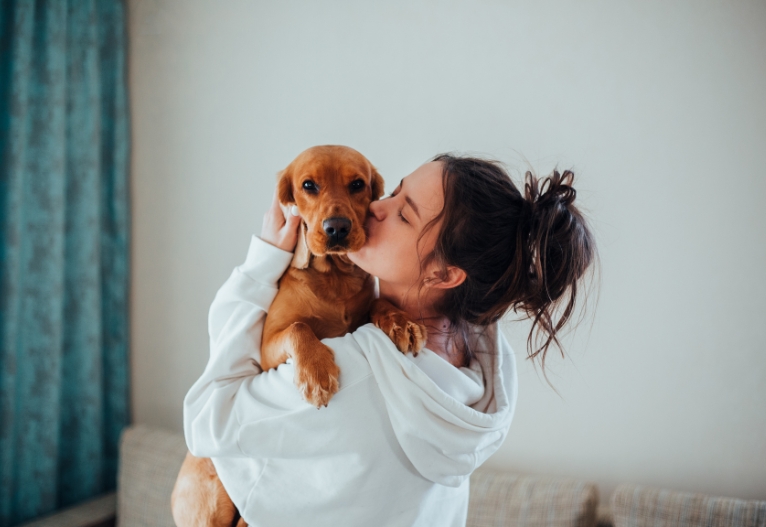
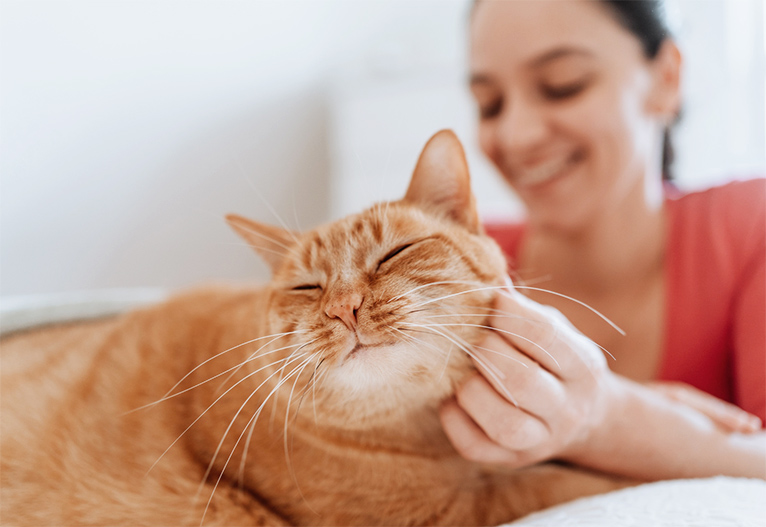


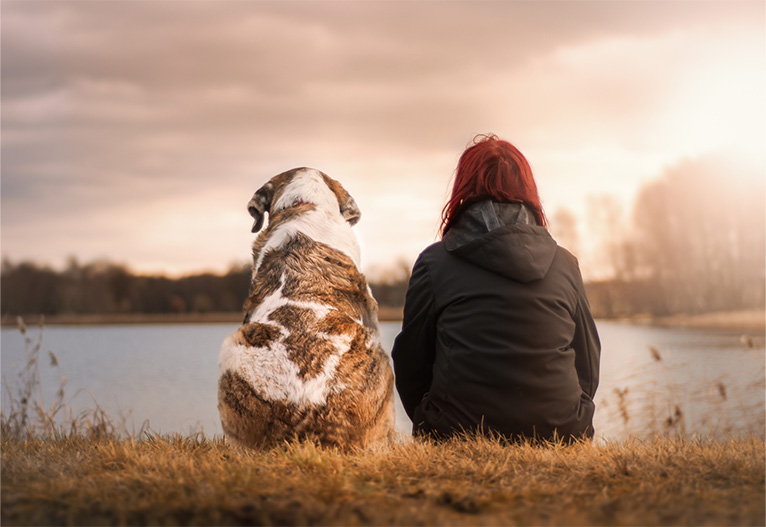
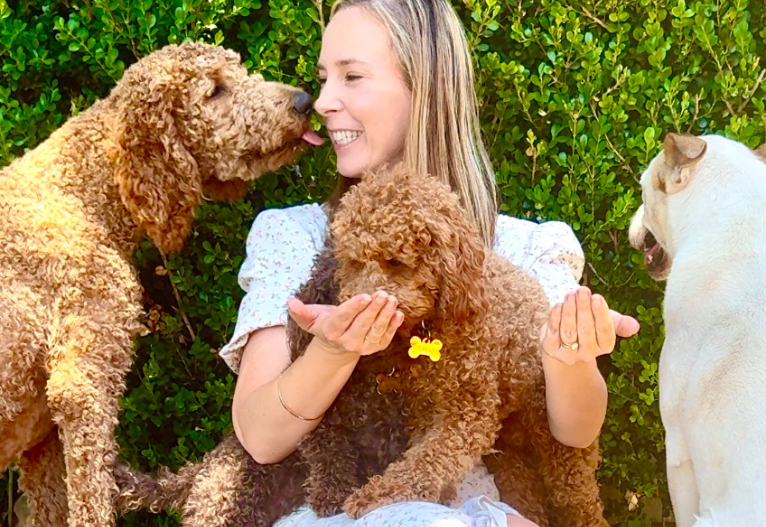



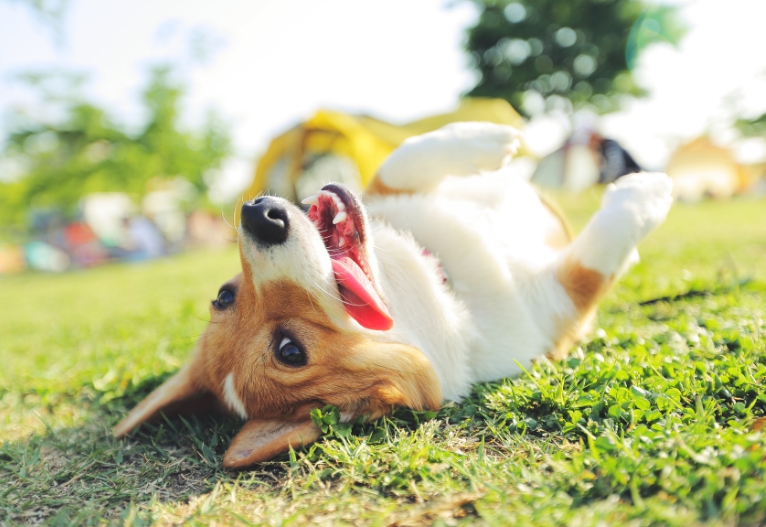

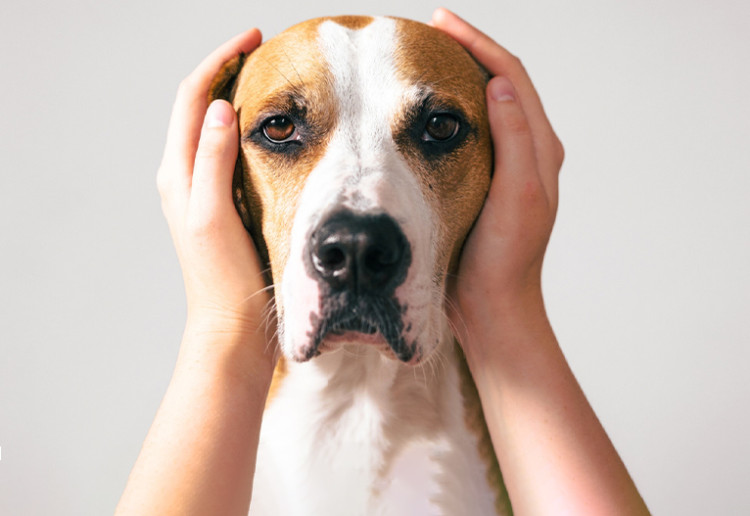
-

-
-
ChiWren, QLD
- 22 Aug 2025
👍
0 Likes
-

-
-
NewfieMum, QLD
- 22 Aug 2025
👍
0 Likes
-

-
-
BH516394, WA
- 22 Aug 2025
👍
0 Likes
-

-
-
Chels, SA
- 08 Aug 2025
👍
0 Likes
-
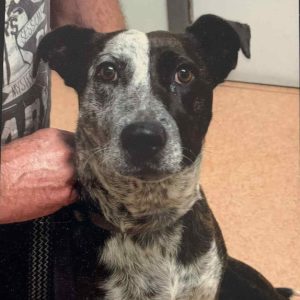
-
-
TraceyGail, NSW
- 04 Aug 2025
👍
0 Likes
-

-
-
Myfurrloves, NSW
- 21 Jul 2025
👍
1 Likes
-

-
-
BH516518, VIC
- 17 Jul 2025
👍
1 Likes
-

-
-
sars_angelchik, TAS
- 17 Jul 2025
👍
0 Likes
Post a commentTo post a review/comment please join us or login so we can allocate your points.